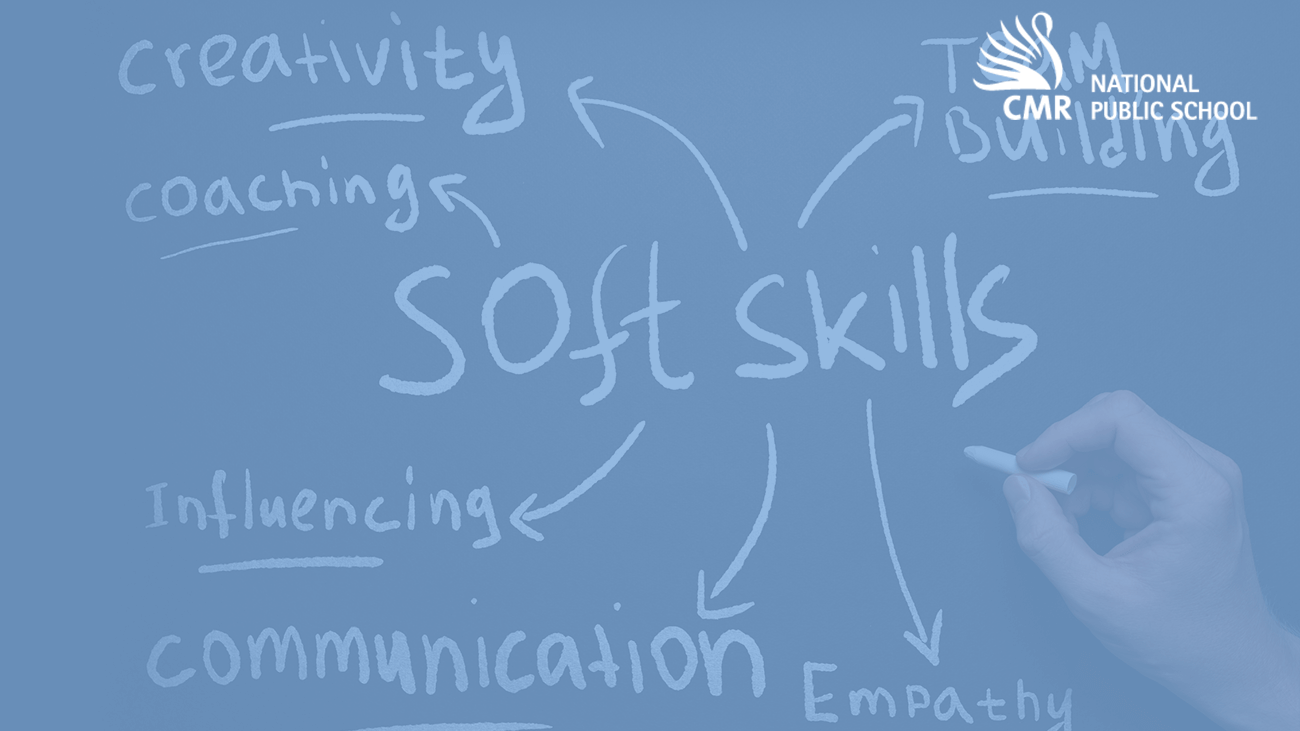Understanding Emotions
Emotions are a part and parcel of our experience as humans. If we had to reflect on it, they affect every aspect of our day. They affect how productive or not we are, how much we sleep and eat, how we interact with our family and friends, our interests, our hobbies, and so on. It’s interesting how we end up taking all of these emotions for granted considering how much they impact our daily lives.
As a society, we are not used to talking about emotions. I’ve had students tell me that they don’t know how to describe their emotions, that it’s hard to find the language to express their feelings. In this post, I would like to encourage you to begin noticing your emotions and being mindful of how they affect us.
- Recognizing an emotion: The first step in becoming more aware of our emotions is to recognize how it affects us. A good rule of thumb is to pay attention to our energy levels and how pleasant the sensation is. For eg: feeling calm generally involves low energy levels but a pleasant feeling while feeling sad involves low energy levels as well but doesn’t feel very pleasant.
- Understanding how the emotion is affecting you: Emotions affect our bodies and our behavior in different ways. Notice how emotion is affecting your body- do you notice a tightness in your chest, restlessness in your body? How is the emotion affecting your behavior and your interests in that moment?
- Labeling the emotion: Once you are able to recognize emotion and understand how it is affecting you, it becomes easier to label it and give it a name. This helps you develop a language to name and describe your experience.
- Expressing it appropriately: There is an appropriate way to express all emotions (even anger and sadness). This depends on your context and what resources are available to you. Maybe you realize that you need a few minutes to collect yourself or perhaps you realize you need to speak to someone about it. Expressing an emotion appropriately takes time and practice. It requires a degree of mindfulness and awareness of your experiences which takes repeated practice to build.
- Regulating the emotion: An important part of understanding emotions is also knowing how to regulate it and change their intensity. All of us have different tools and techniques that have helped us regulate our emotions. Sometimes we distract ourselves or we use deep breathing or mindfulness or we may change our perspective of the situation. Whatever your preference is, it’s important to be aware of what you need at that moment and what is working for you.
Understanding your emotions and learning to accept them requires that you give yourself permission to feel. Emotions are not your enemy. In fact, they are what makes life so much more vibrant and colorful.
(Adapted from Permission to Feel, Marc Brackett) To reach out to the counselors at CMRNPS for your child, you can use this link below. Please select the option ‘student wellness’:
https://zfrmz.in/ufr7rZDXzwb4wc81BZPm


